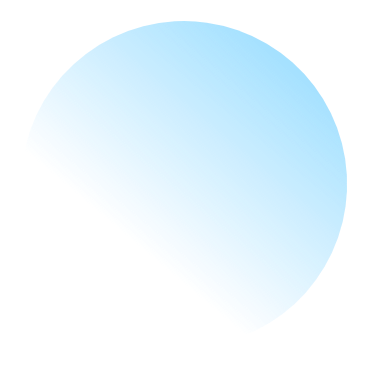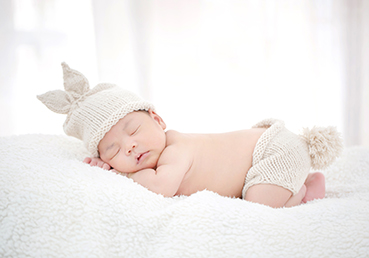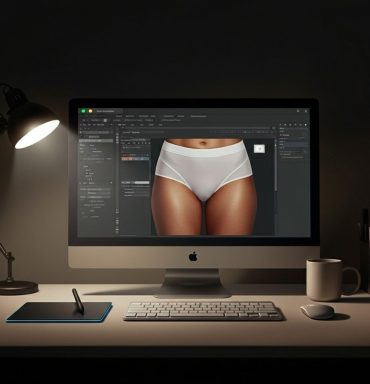We guarantee 24-48 hour turnaround for most furniture photo editing projects, with rush delivery available in 12 hours for urgent orders at no extra cost.
Our Delivery Process:
- Upload: Send images via Google Drive, WeTransfer, or Dropbox
- Processing: Our expert editors work on your images with quality control checks
- Review: We conduct multi-point quality inspection before delivery
- Delivery: Receive edited images in your preferred format (JPEG, PNG, PSD)
- Revisions: Free unlimited revisions until perfect satisfaction
Capacity: We can handle up to 5,000 images per day, making us ideal for large furniture catalogs and enterprise-level projects. For ongoing partnerships, we establish dedicated workflows to ensure consistent quality and faster processing.


















































